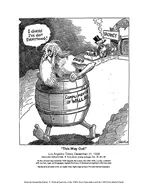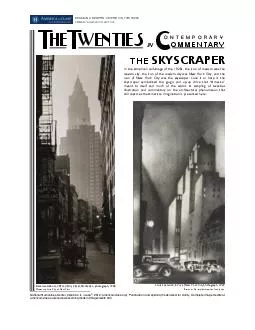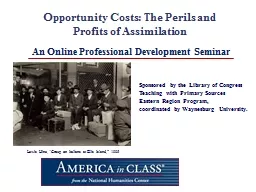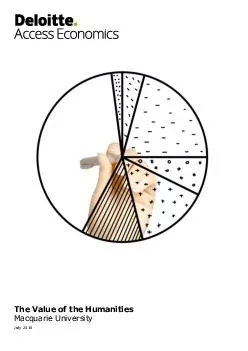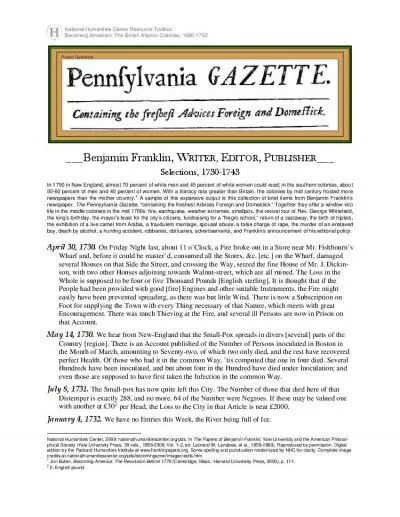PDF-BECOMING MODERN AMERICA IN THE PRIMARY SOURCE COLLECTION National Humanities Center AMERICA
Author : tatiana-dople | Published Date : 2014-11-29
org 7LWOH57347IRQW57347575237KH573477ZHQWLHV5752457347573557HVWDURVVD15735657347FRXUWHV57347RI573471LFN57526V57347RQWV57347DW FontSpace Complete image credits at
Presentation Embed Code
Download Presentation
Download Presentation The PPT/PDF document "BECOMING MODERN AMERICA IN THE PRIMARY ..." is the property of its rightful owner. Permission is granted to download and print the materials on this website for personal, non-commercial use only, and to display it on your personal computer provided you do not modify the materials and that you retain all copyright notices contained in the materials. By downloading content from our website, you accept the terms of this agreement.
BECOMING MODERN AMERICA IN THE PRIMARY SOURCE COLLECTION National Humanities Center AMERICA: Transcript
Download Rules Of Document
"BECOMING MODERN AMERICA IN THE PRIMARY SOURCE COLLECTION National Humanities Center AMERICA"The content belongs to its owner. You may download and print it for personal use, without modification, and keep all copyright notices. By downloading, you agree to these terms.
Related Documents

